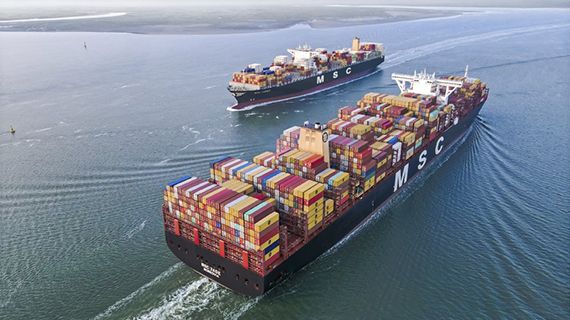Since 2017, the main change in Mexico‘s maritime transport sector has been institutional, according to an assessment by the World Trade Organization (WTO).
In 2021, the Ministry of the Navy (Semar) replaced the Ministry of Infrastructure, Communications and Transport (SICT) and took over the administration and regulation of the sector.
As a result of this change, since 2021 SEMAR has served as the national maritime and port authority.
The General Coordination of Ports and Merchant Marine (CGPMM), which belonged to the SICT, was transferred to the SEMAR.
The CGPMM is composed of the General Directorate of Port Development and Administration, the General Directorate of Ports (DGP) and the General Directorate of Merchant Marine (DGMM).
Maritime transport is governed by the Maritime Navigation and Commerce Law of 2006, the Ports Law of 1993 and their respective Regulations.
In 2021, a new Regulation to the Ports Law was published, repealing the 1994 Law, to, according to the authorities, mainly reflect the institutional change that took place in the sector.
The international (deep-sea) service is provided in accordance with the principle of reciprocity. No authorization is required.
Maritime transport
Foreign shipping lines must be represented by a shipping agent (agente consignatario) in each Mexican port in which they operate; the DGMM authorizes and registers shipping agents.
Fifty-one percent of the capital of shipping lines established in Mexico that provide international (deep-sea) service must be domestic.
However, foreigners may obtain a greater participation in the capital, even 100%, prior approval of the National Commission of Foreign Investments (CNIE).
The transportation of merchandise and people in jurisdictional waters and cabotage services must be provided by Mexican controlled shipping companies (51% of the capital) and in Mexican vessels.
In the case of cabotage, if there are no Mexican shipping companies or vessels or they cannot provide the service, the DGMM may authorize foreign shipping companies and/or vessels to perform these operations.
In these cases, the DGMM issues a temporary navigation permit, for an initial duration of three months, which may be renewed for up to two years.
At the end of the two years, in order to continue providing cabotage services, the foreign vessel must be flagged in Mexico.

